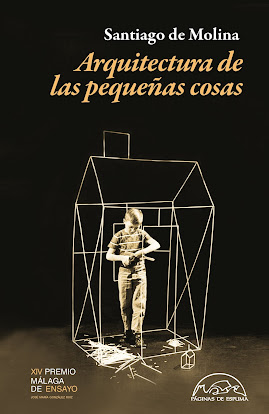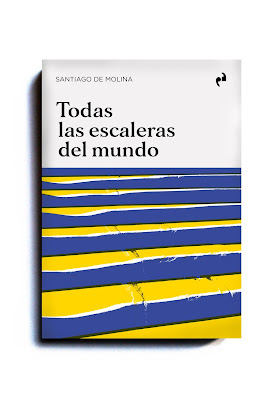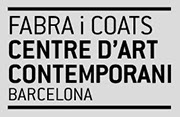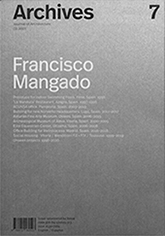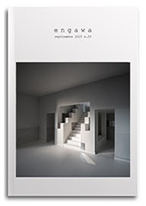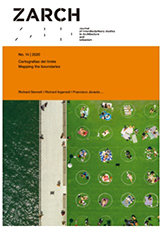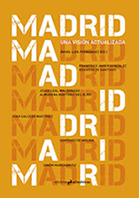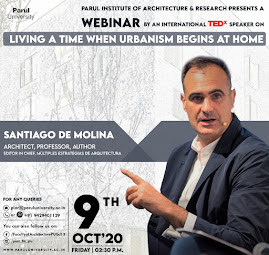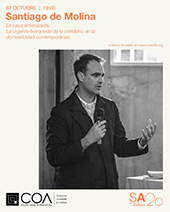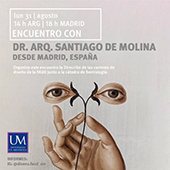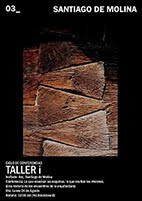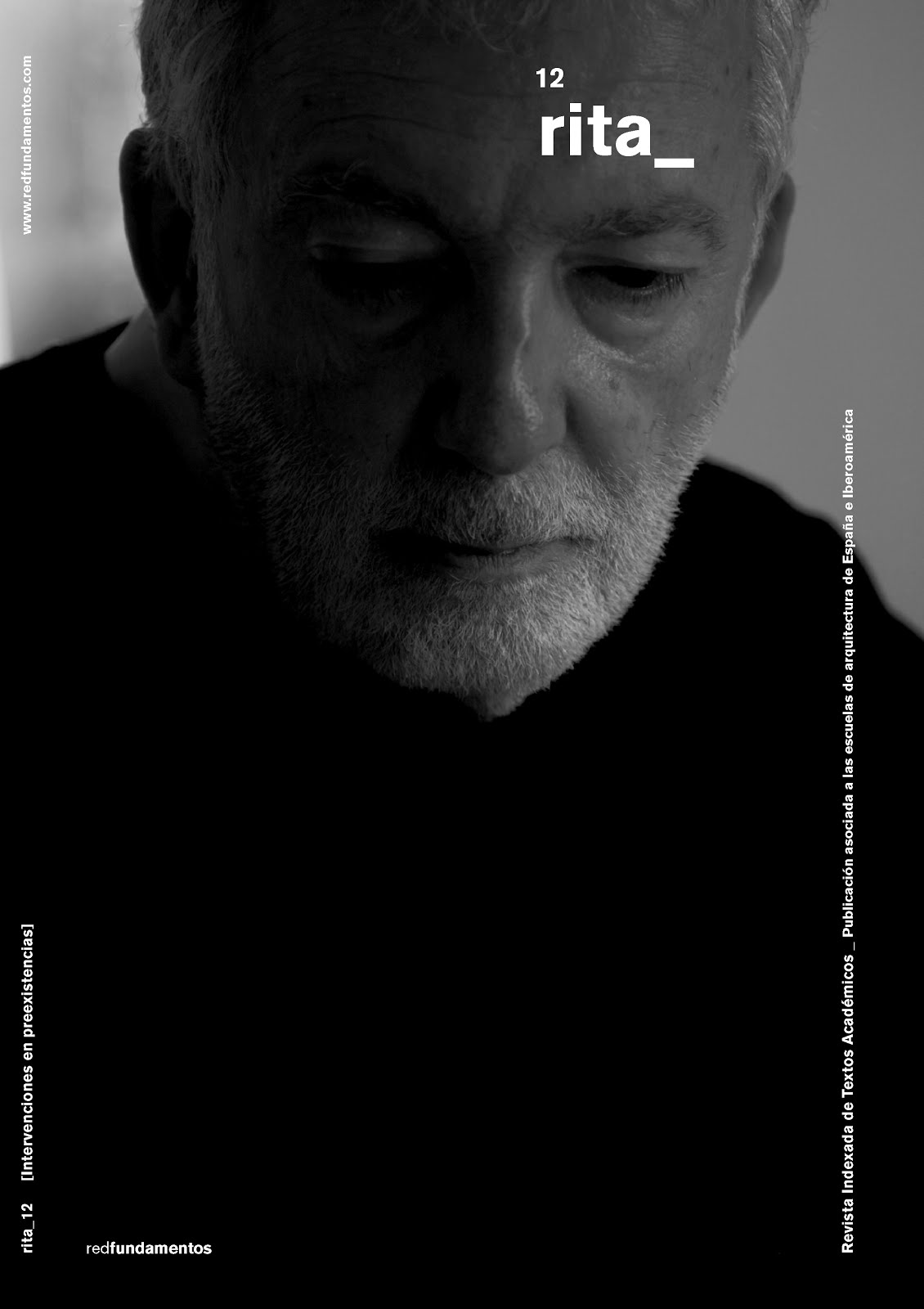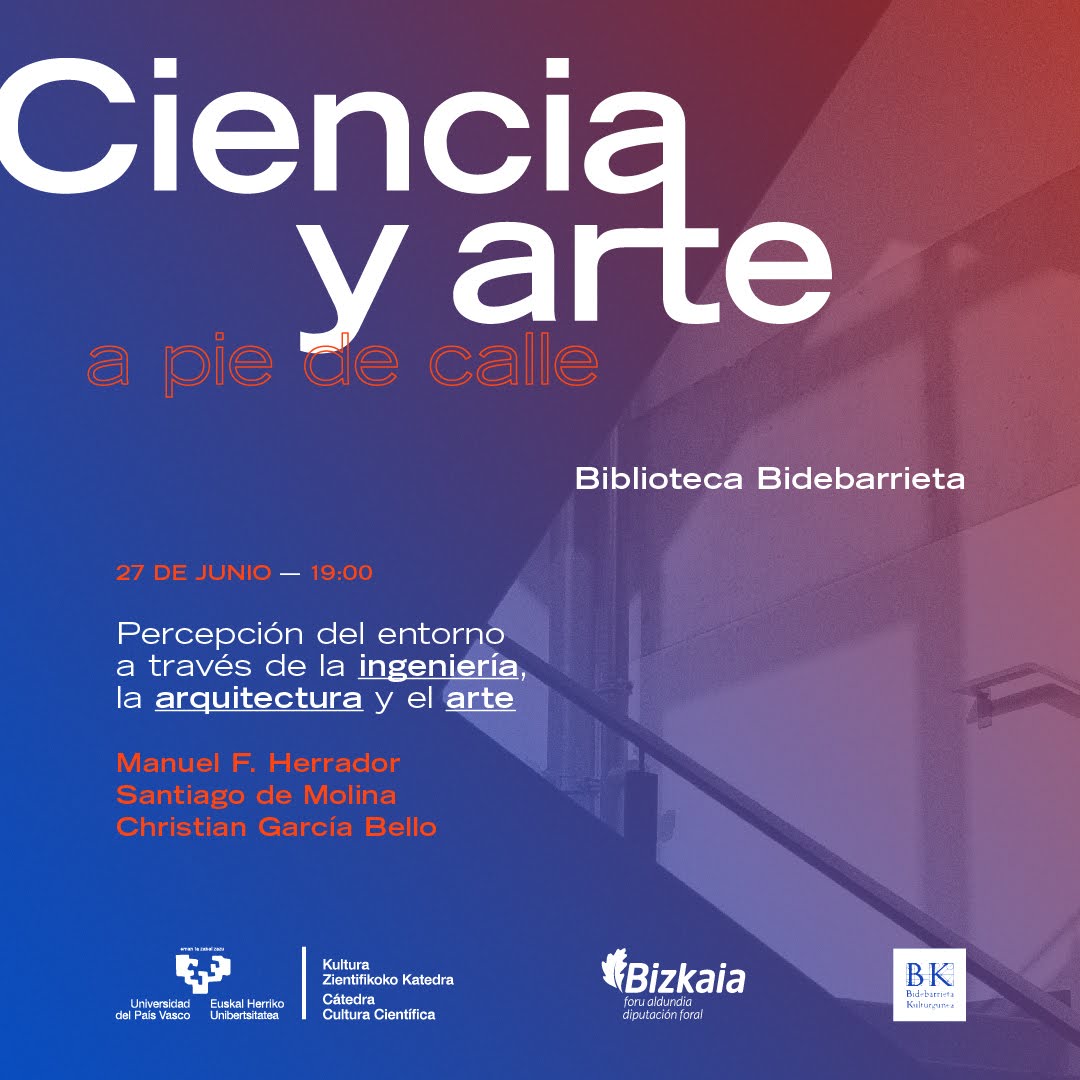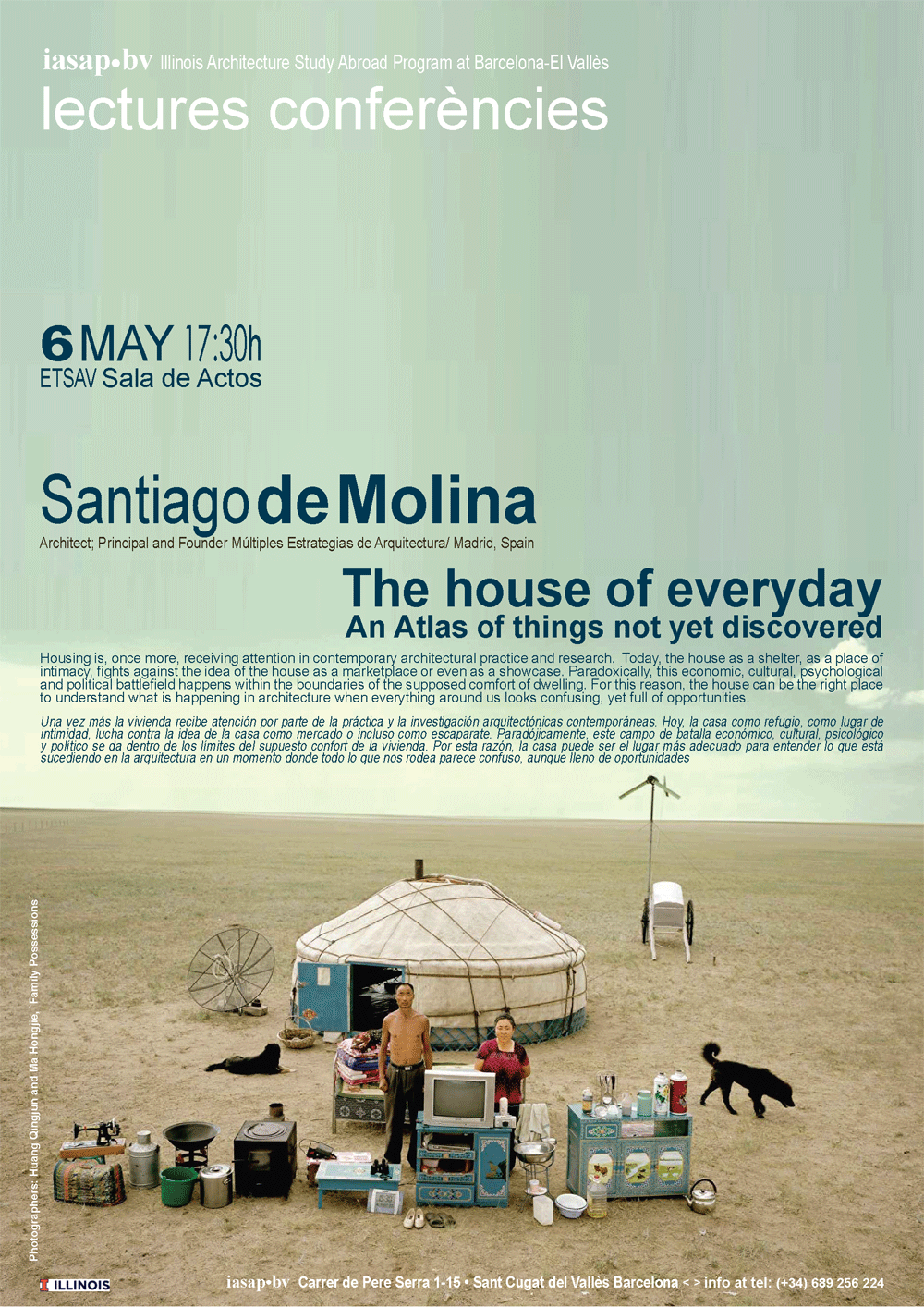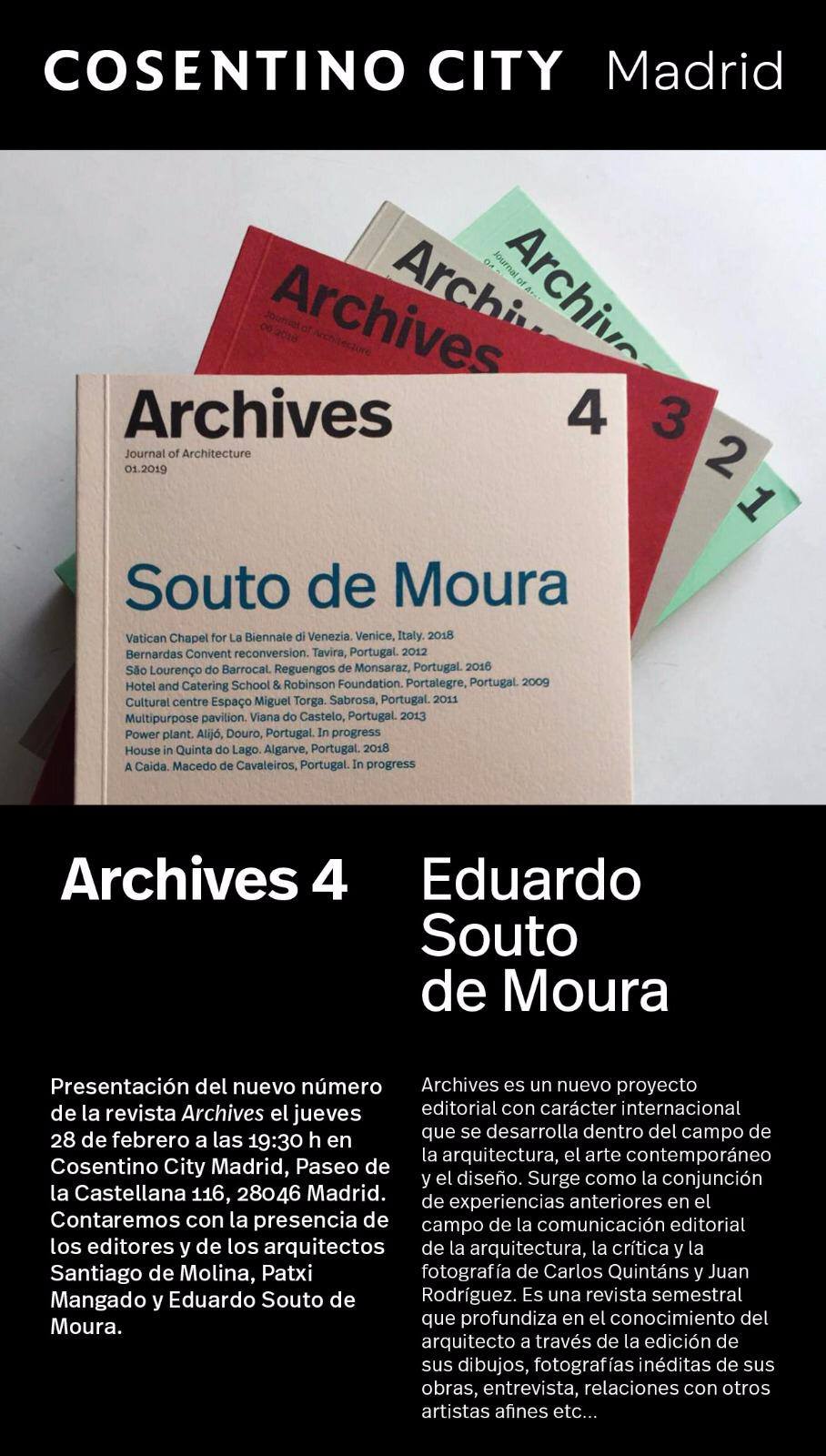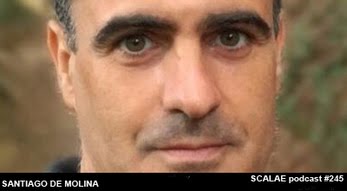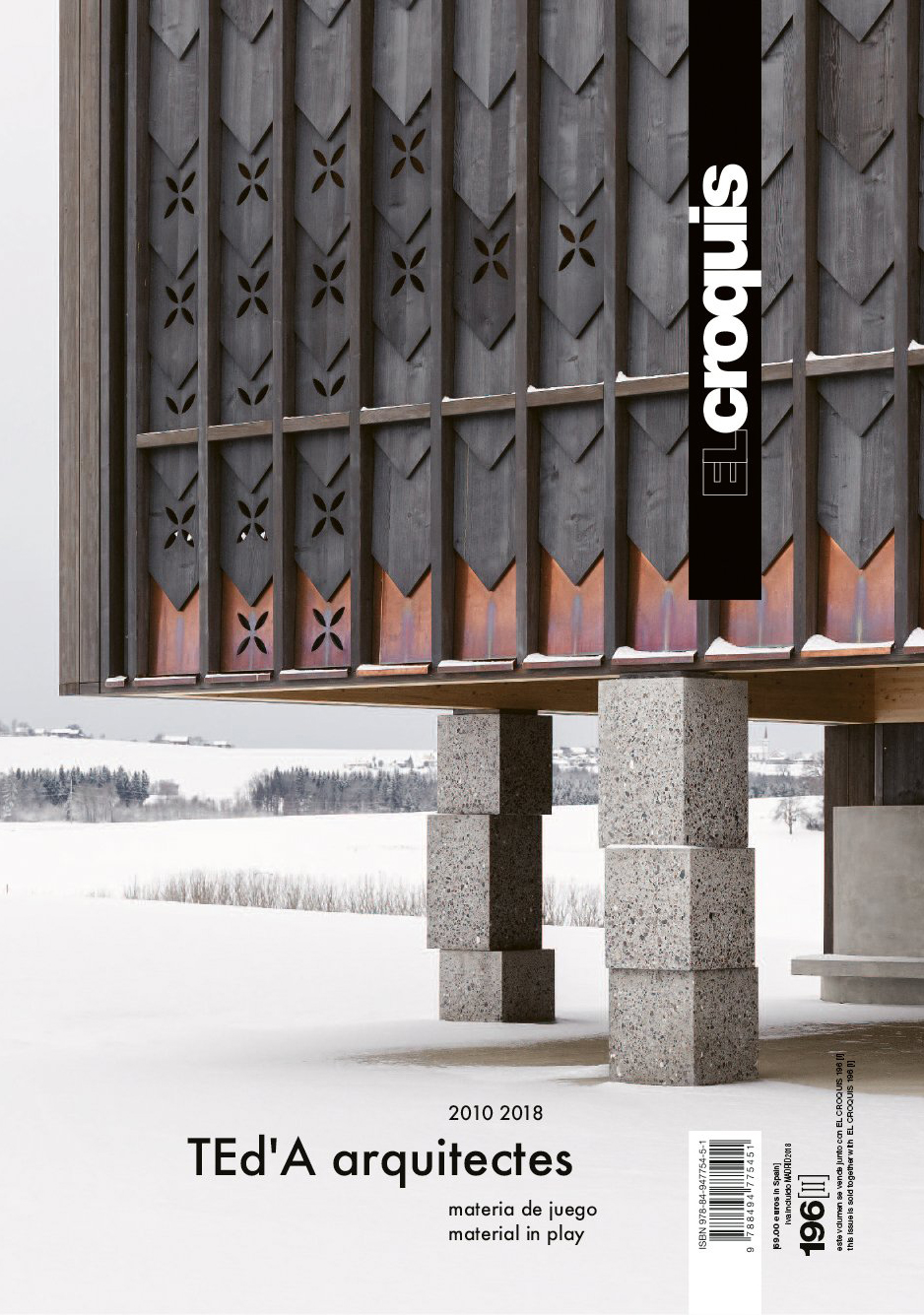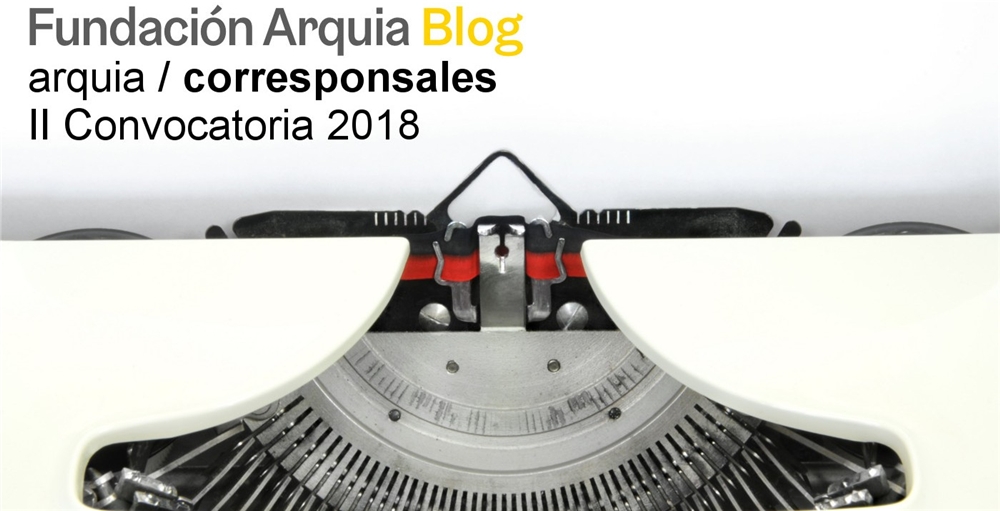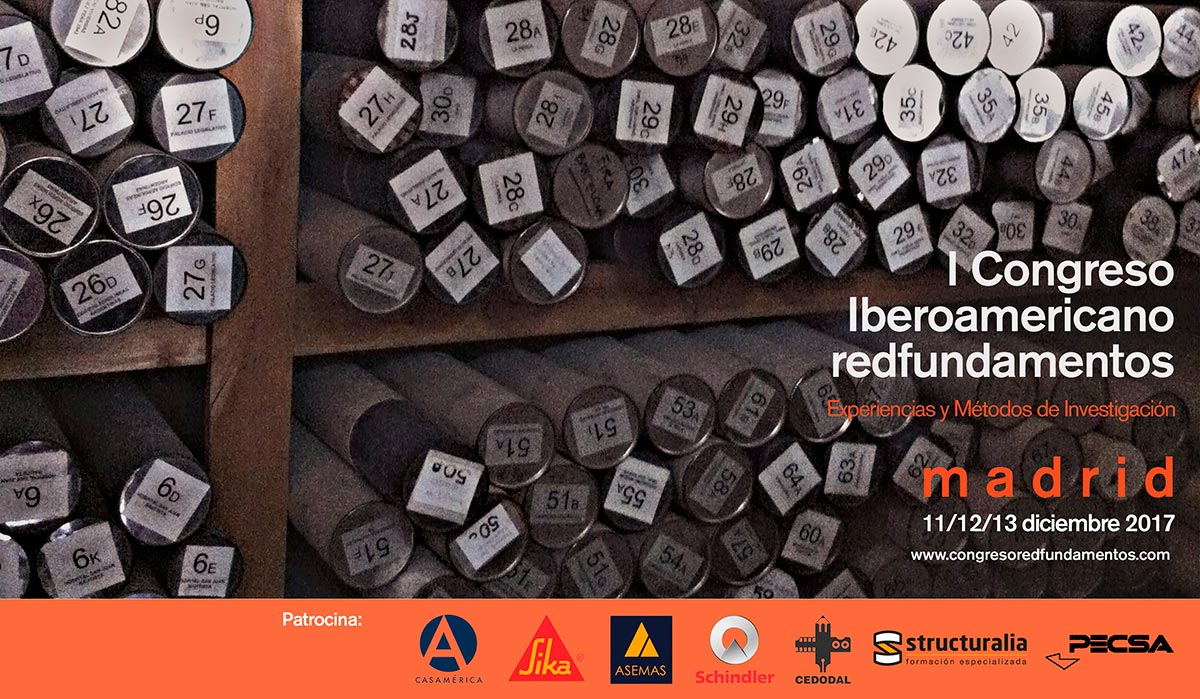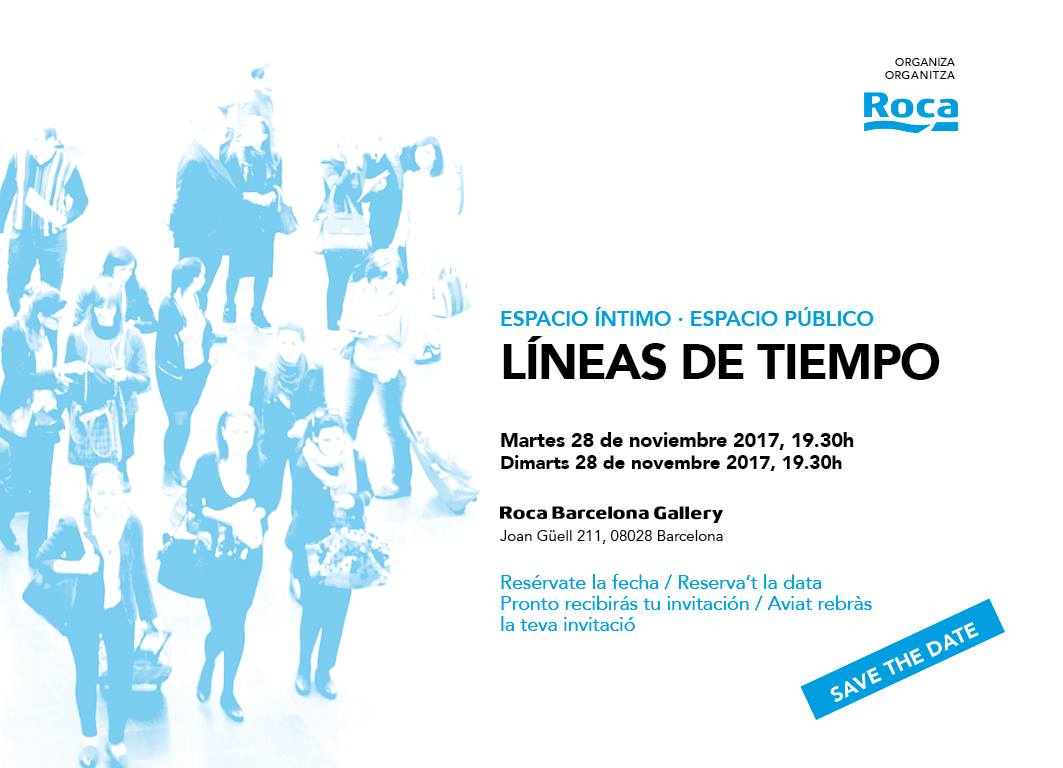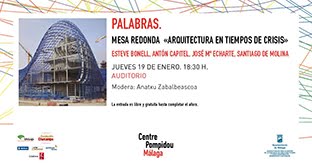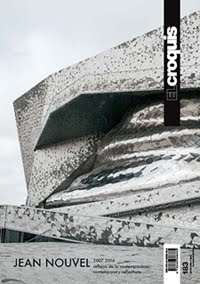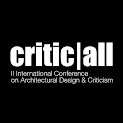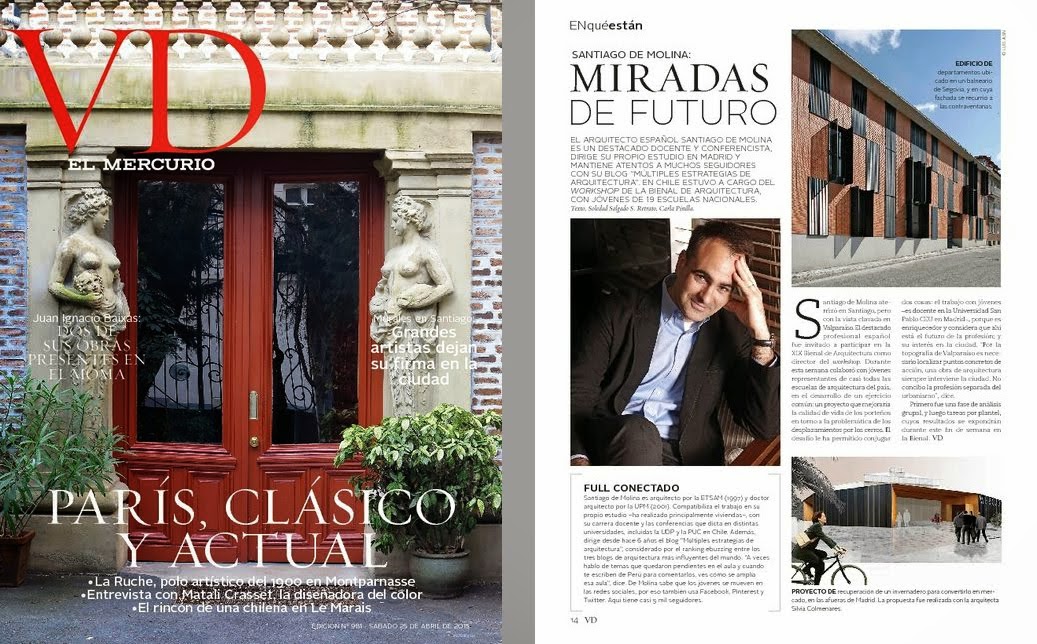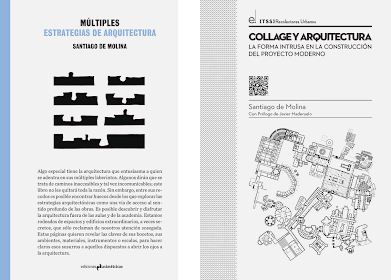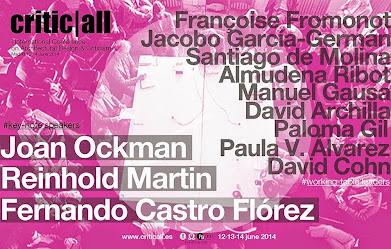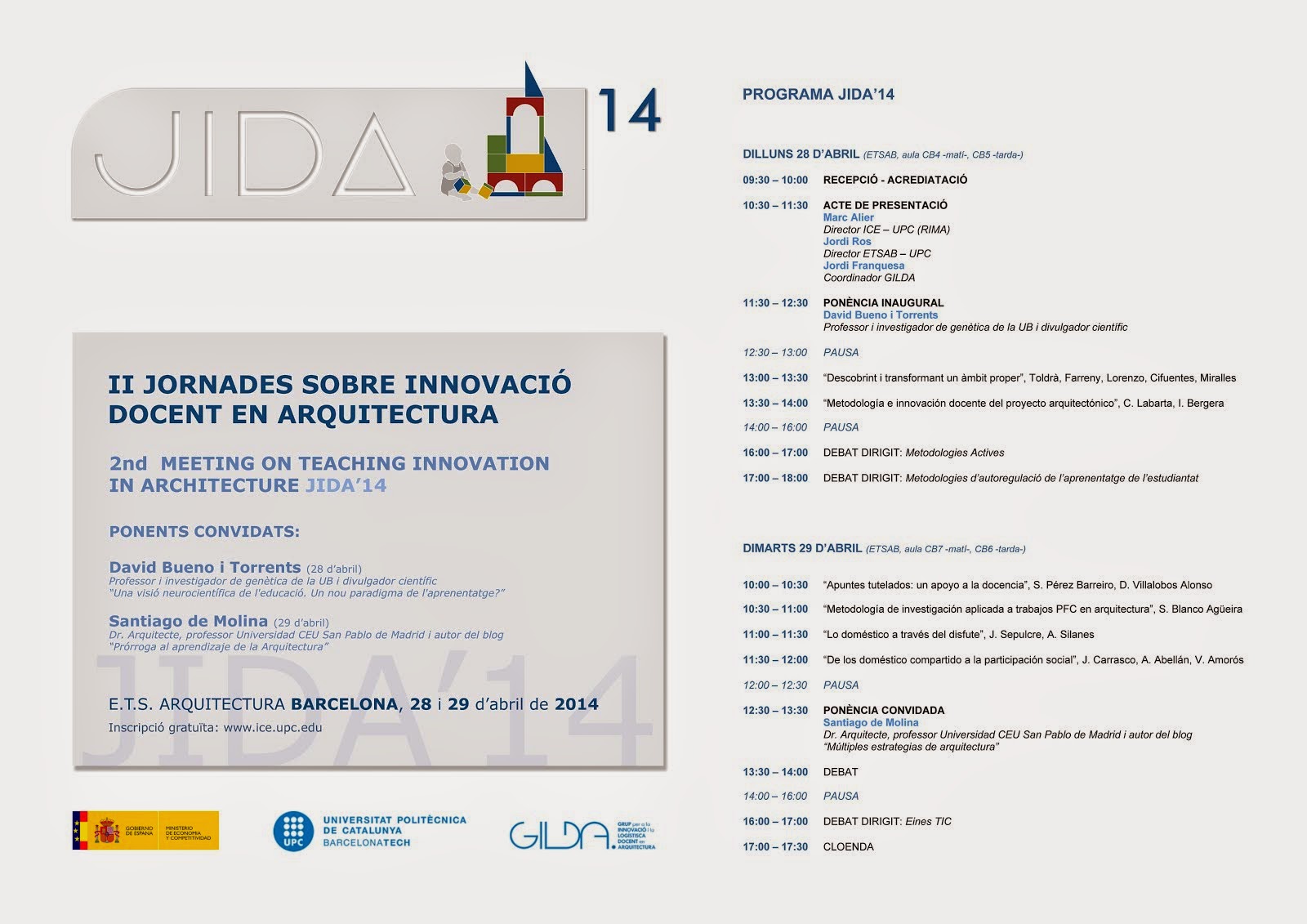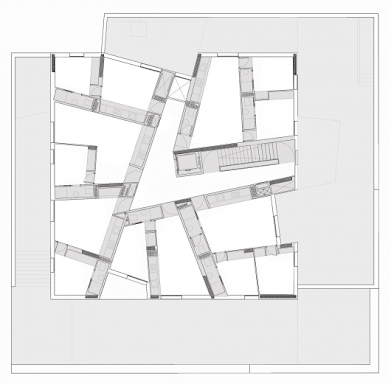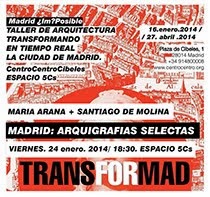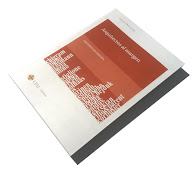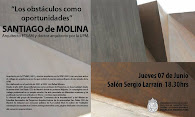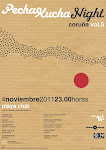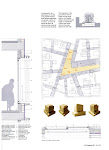Antes que un "estilo", en lo barroco resuena el juego, el ingenio y ese tipo de duendes traviesos que se precian del pellizco y de la velocidad. Por eso precisamente el barroco no desaparece, sino que roza algo que sobrepasa el tiempo como sucesión de minutos o años. Simplemente, su espíritu aflora. Eugenio D´Ors denominó a esta corriente subterránea que asoma como si fuese un manantial irrefrenable el "eon barroco". Aunque D´Ors se vio abocado a contraponer lo barroco a lo clásico, lo cierto es que se trata de otro orden de enfrentamiento. Ni siquiera es la culminación de un periodo en los términos estilísticos por los cuales todo acaba en este momento degenerado y que Victor L. Tapiè logró definir inmejorablemente como "florecimiento vicioso". Los intentos por ofrecer una definición no tienen fin. Previtali escribió: "Mil seiscientos treinta, o sea, el Barroco" llevando al absurdo el término en relación a su encasillamiento estilístico...
El barroco fue el arte de lo contradictorio antes de la aparición de "complejidad y contradicción". Lo barroco afecta a las formas, al discurso y a la mirada. Es la manifestación del dominio de un lenguaje. De una lucha con uno mismo. La forma barroca se enseñorea en sus capacidades. Esa vaga presunción le hace bordear el límite de la forma y por ello el poder, la fe y la fuerza han estado en su órbita. Pero no podemos olvidar que existe otro barroco, y es a lo que quería llegar con esta imagen del comienzo, que no es otro que el barroco de lo infraordinario, el barroco de la poca cosa - al que no puede negarse algo de barroco pero de segundo orden o de mise en abyme-. Esta cortina de ladrillo es un buen ejemplo. Este barroco desapercibido roza la posmodernidad pero no busca el aplauso. No se planifica en exceso sino que aspira a la felicidad de lo pequeño. Churriguera, Jujol e incluso Guarino Guarini jugaban con este maravilloso barroco menor que lanzaba leves destellos entre los resquicios de las grandes obras. Un barroco de andar por casa. Un infrabarroco. Uno que aun sobrevive a diario en el plato a punto de caer de la pila del fregadero, en la lámpara inclinada, en el hueco inesperado y flexible que oculta el suelo del pasillo... Ese barroco leve es del desequilibrio, lo inestable, el del cuadro torcido y que el TOC reconoce de inmediato, y que, por supuesto, por convivir con nosotros como lo hacemos con un pajarillo o un cachorro de gato, merece reconocimiento.
Before it's considered a 'style,' in the Baroque, there echoes playfulness, wit, and those mischievous sprites who take pride in the pinch and speed. That's precisely why the Baroque doesn't disappear; instead, it grazes something that transcends time as the succession of minutes or years. Simply put, its spirit emerges. Eugenio D'Ors referred to this underground current that emerges like an uncontrollable spring as the 'Baroque eon.' Although D'Ors was compelled to contrast the Baroque with the classical, the truth is that it's a different order of confrontation. It's not even the culmination of a period in the stylistic terms by which everything ends in this degenerate moment, a definition Victor L. Tapiè brilliantly captured as 'vicious flourishing.' Attempts to provide a definition are endless. Previtali wrote: 'Seventeen hundred thirty, in other words, the Baroque,' absurdly stretching the term in relation to its stylistic categorization.
The Baroque was the art of contradiction before the appearance of 'complexity and contradiction.' The Baroque affects forms, discourse, and perspective. It's the manifestation of mastery of a language. A struggle with oneself. The Baroque form reigns supreme in its capacities. This vague presumption leads it to skirt the boundary of form, and thus power, faith, and strength have been in its orbit. But we can't forget that there's another Baroque, and that's what I wanted to convey with this initial image. It's the Baroque of the infraordinary, the Baroque of the mundane - something of second-order Baroque or mise en abyme can't be denied. This brick curtain is a good example. This unnoticed Baroque brushes against postmodernity but seeks no applause. It's not overly planned but aspires to the happiness of the small. Churriguera, Jujol, and even Guarino Guarini played with this wonderful minor Baroque that emitted faint glimmers amidst the crevices of grand works. A Baroque of the everyday. An infra-Baroque. One that still survives daily in the plate on the edge of falling from the sink, in the slanted lamp, in the unexpected and flexible nook that conceals the hallway floor... This subtle Baroque is of imbalance, the unstable, the askew painting recognized immediately by OCD, and, of course, because it lives with us as we do with a little bird or a kitten, it deserves recognition.








.jpg)














